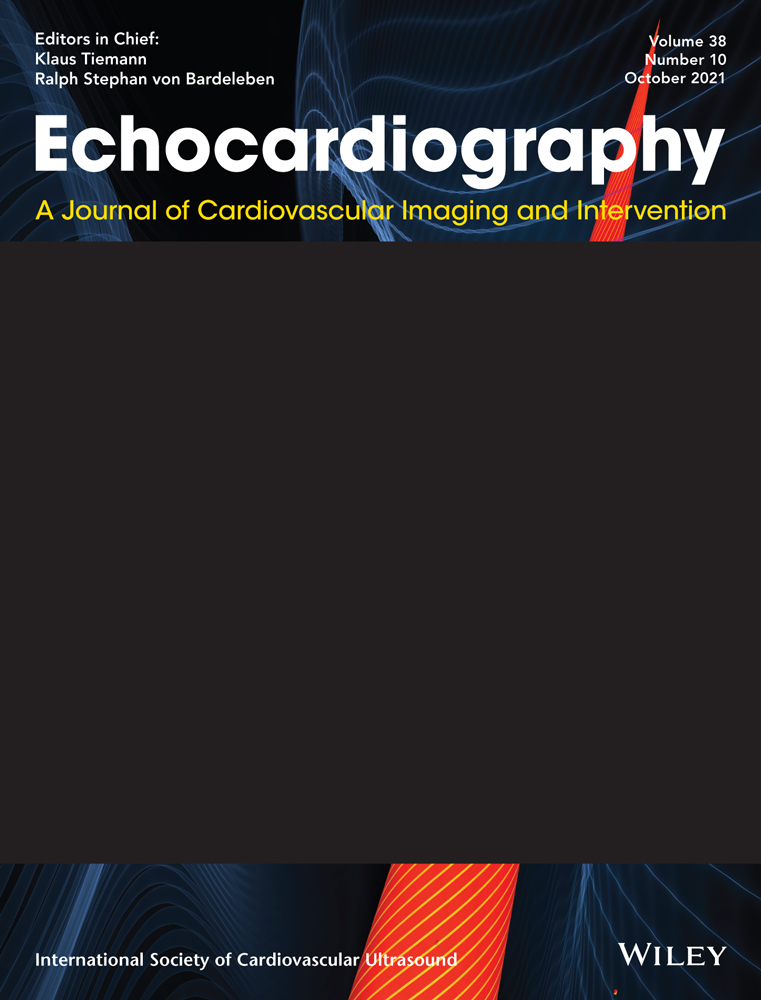Right ventricular time intervals – Comparison between pulsed wave Doppler and tissue Doppler imaging
Valentino Dammassa and Costanza Natalia Julia Colombo contributed equally to this study as first authors.
Abstract
Background
Cardiac time intervals are used as indices of systolic and diastolic function. Echocardiographic assessment of these intervals is based on either pulsed wave Doppler (PWD) or tissue Doppler imaging (TDI). We investigated the agreement between the two techniques in the evaluation of right ventricular (RV) time intervals in healthy adults.
Methods
In 123 healthy volunteers we used both PWD and TDI to assess RV time intervals (filling time – RVFT, ejection time – RVET), heart rate-corrected intervals (total filling time – t-FT, total ejection time – t-ET) and RV performance indices (total isovolumic time – t-IVT, myocardial performance index – MPI). Intraclass correlation coefficient (ICC) and Pearson analysis (r coefficient) were used to evaluate the agreement and correlation between the two techniques.
Results
PWD and TDI had excellent agreement and correlation in measuring RVFT (ICC 0.94 [95% CI 0.85 – 0.97], r 0.91) whereas a good agreement was found for RVET (ICC 0.63[95% CI - 0.14 – 0.84]; r 0.68). Good agreement and strong correlation were found for both t-FT (ICC 0.67 [95% CI 0.36 – 0.82]; r 0.59) and t-ET (ICC 0.71 [95% CI - 0.06–0.88]; r 0.74). The two methods had lower agreement in assessing RV t-IVT (ICC 0.52 [95% CI 0.3187–0.6622]; r 0.57) and MPI (ICC 0.36 [95% CI – 0.05–0.43]; r 0.50).
Conclusion
In healthy adults, PWD and TDI are interchangeable in measuring RVFT, RVET, RV t-FT and RV t-ET. Lower agreement between the two techniques was found for RV t-IVT and MPI.
CONFLICT OF INTERESTS
GT received fees for lectures from GE Healthcare, outside the present work. FM received fees for lectures from GE Healthcare, Hamilton Medical, SEDA SpA, outside the present work.




